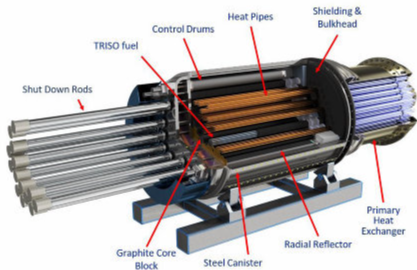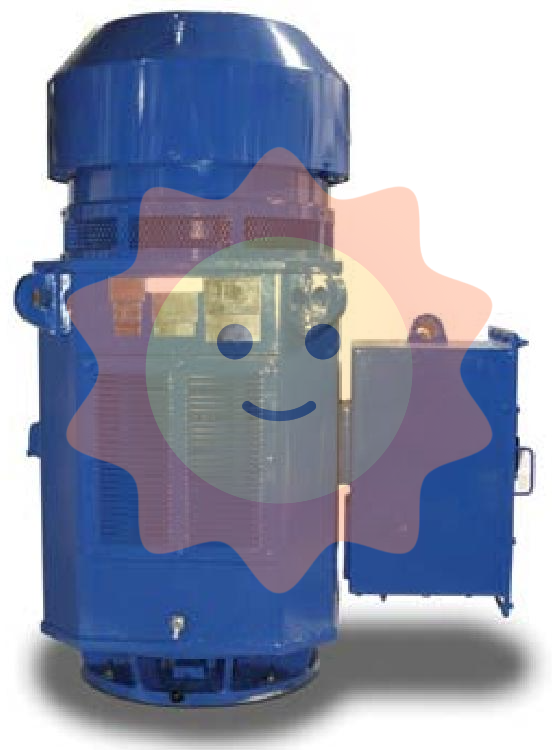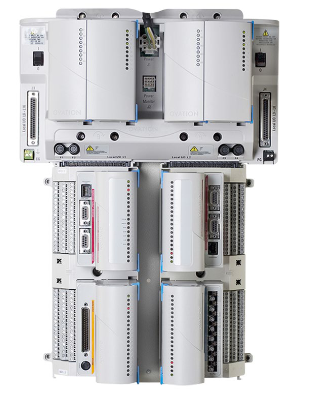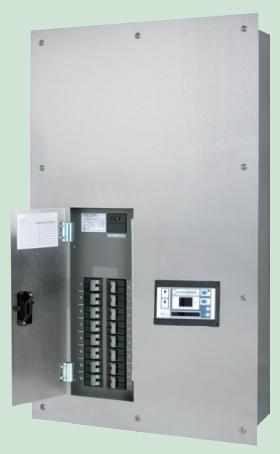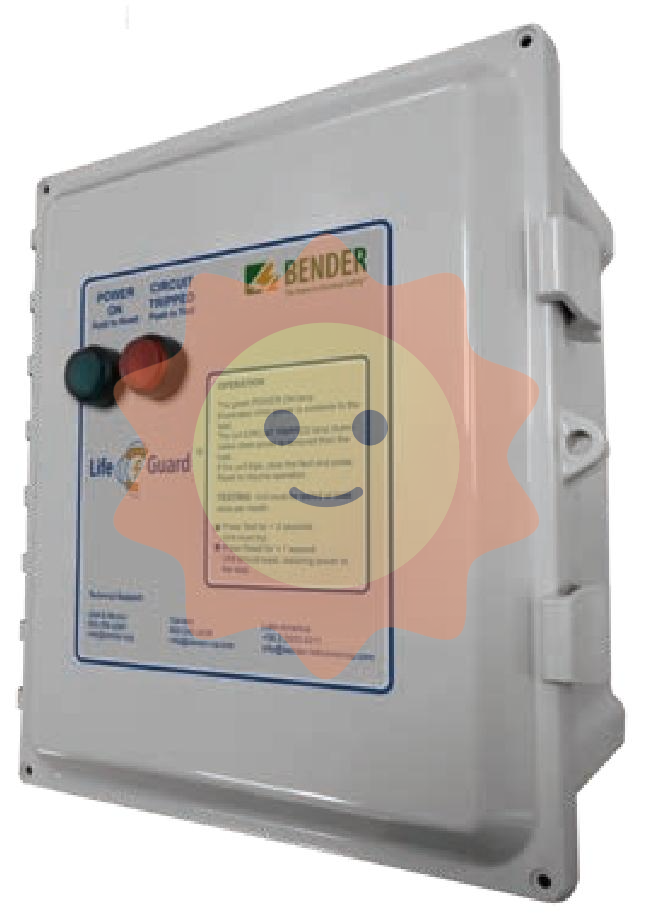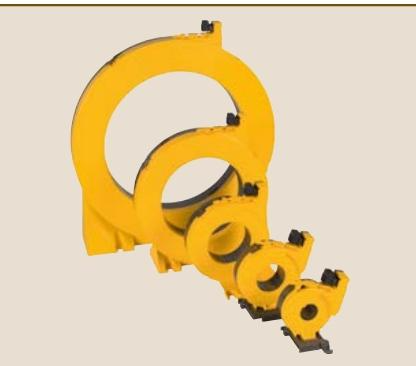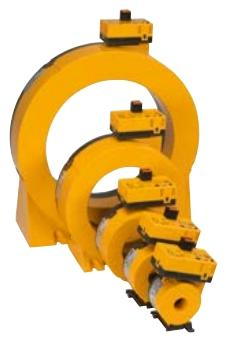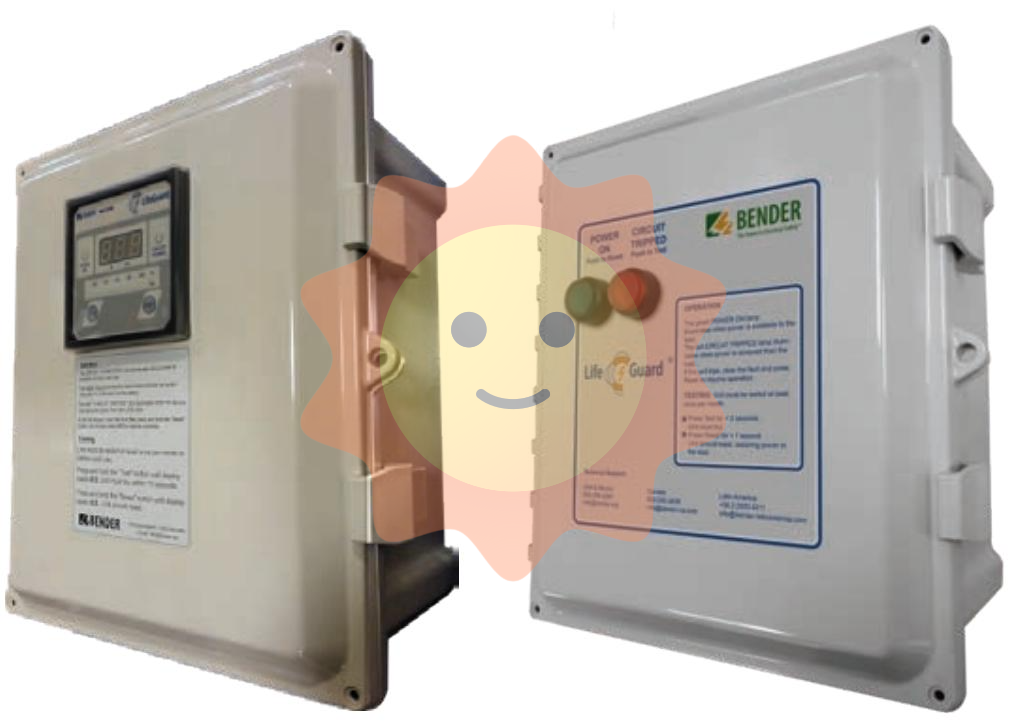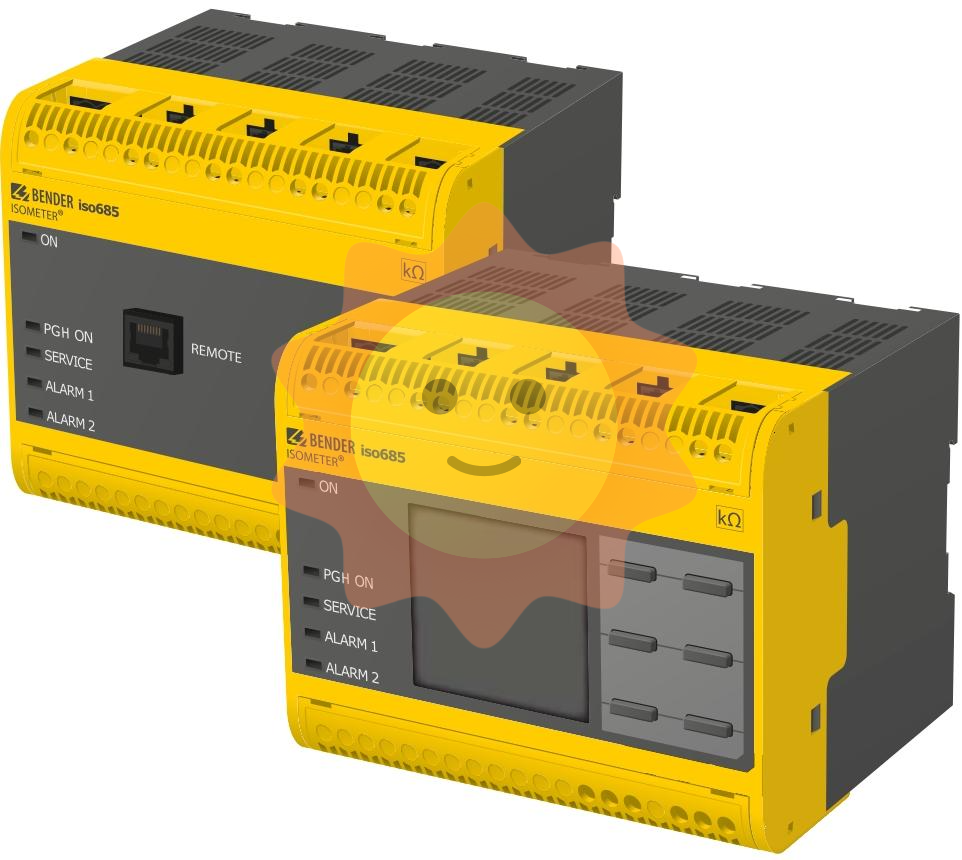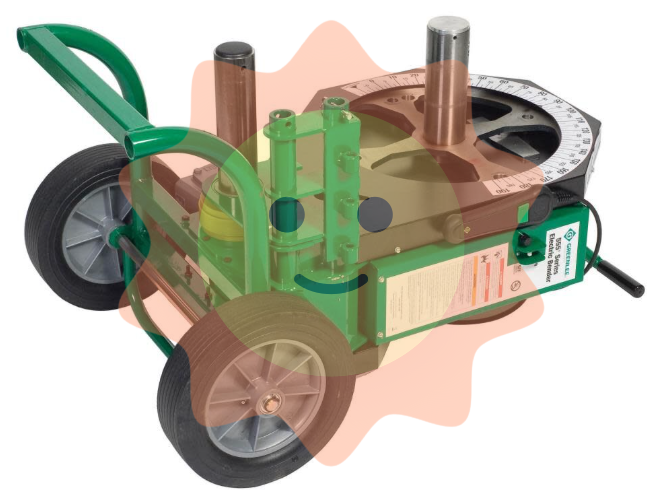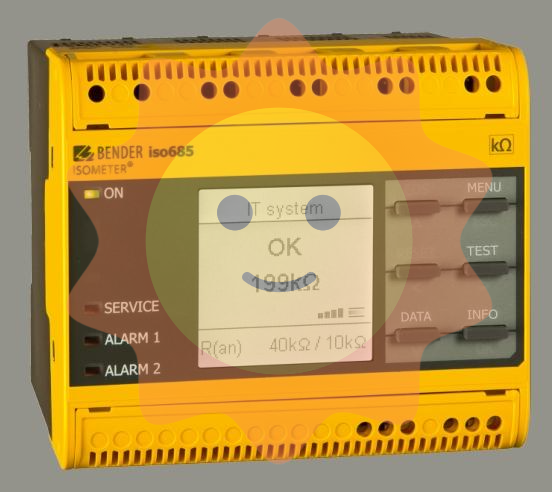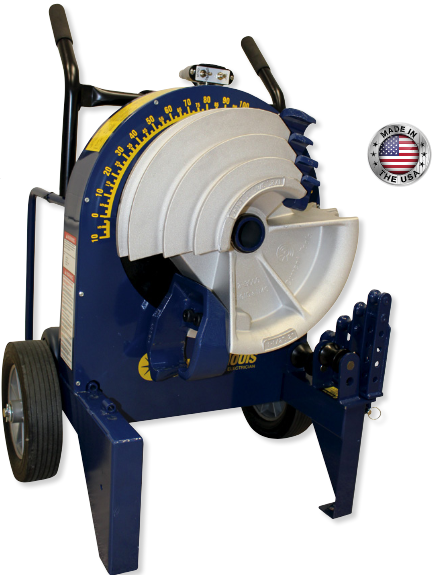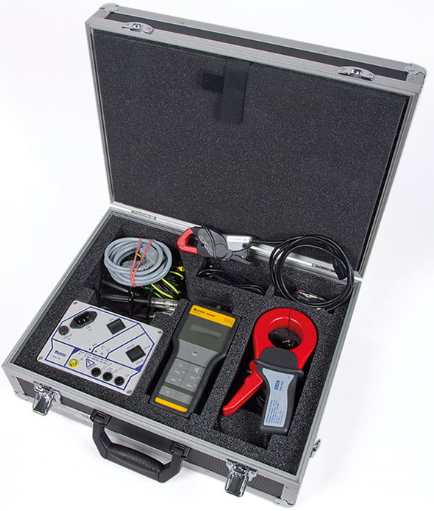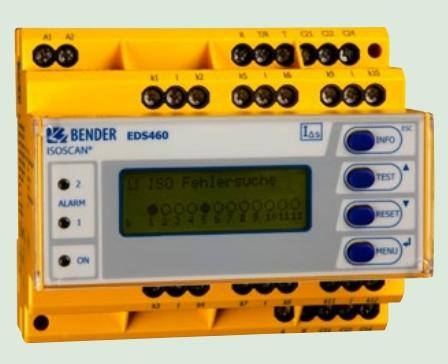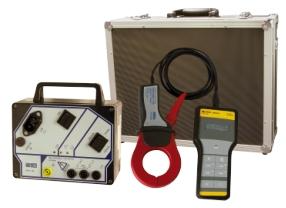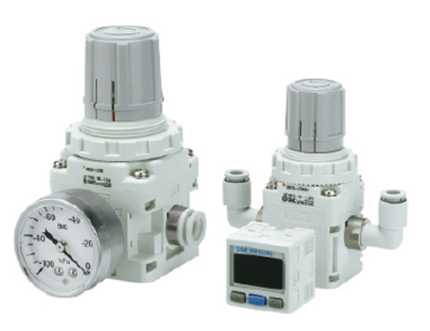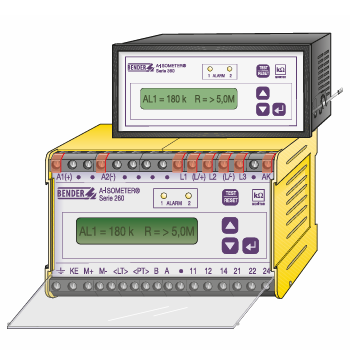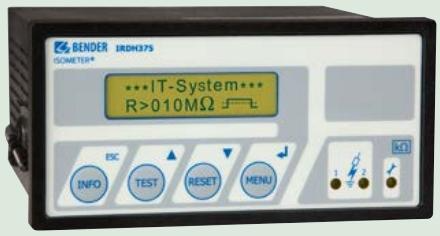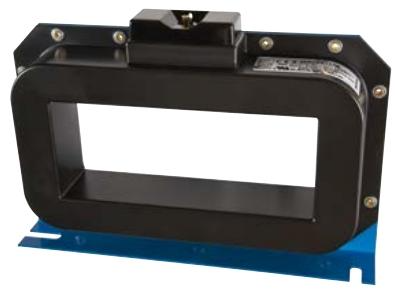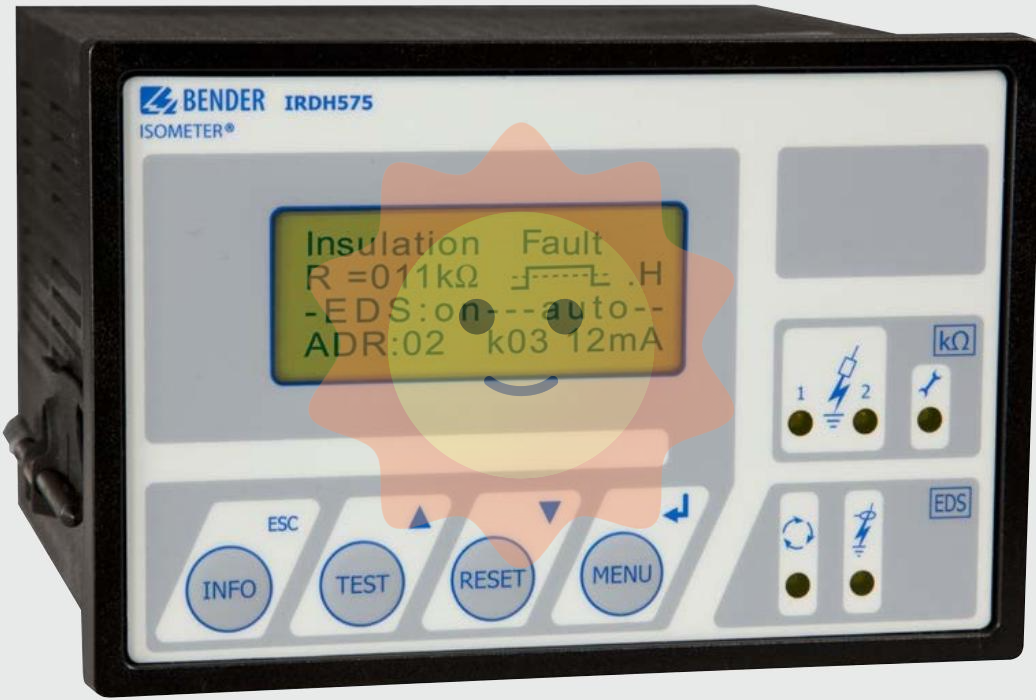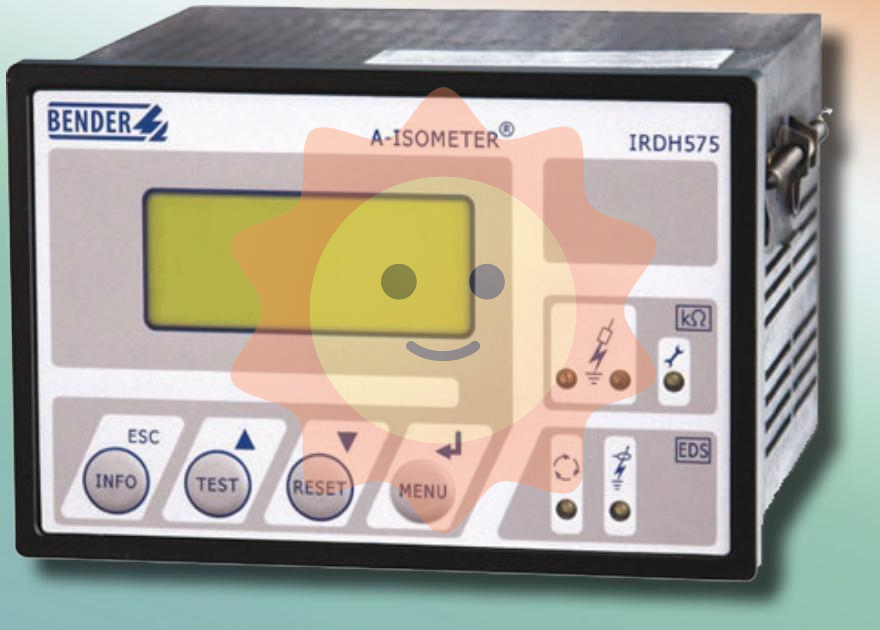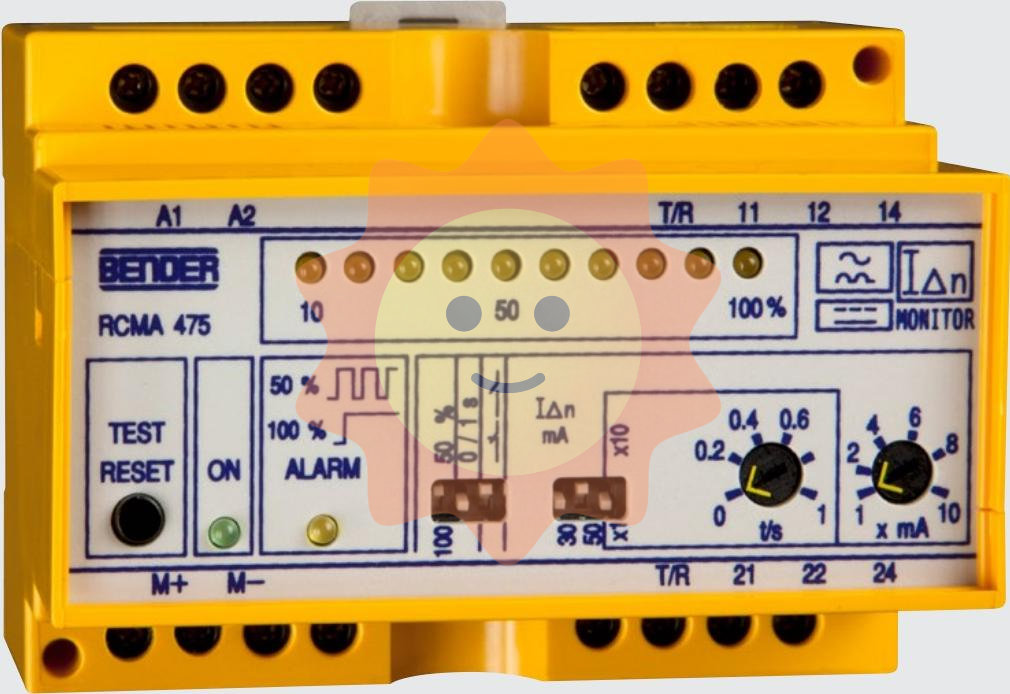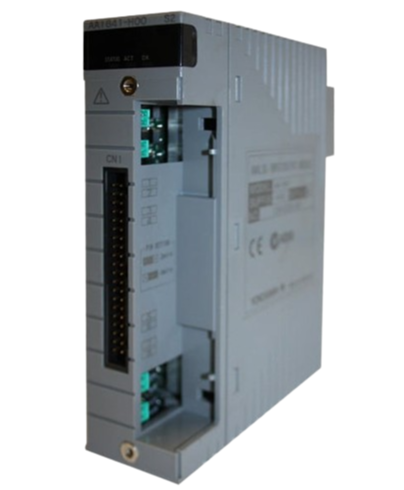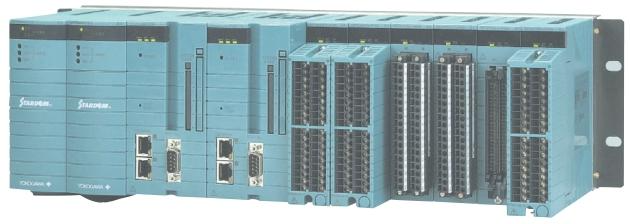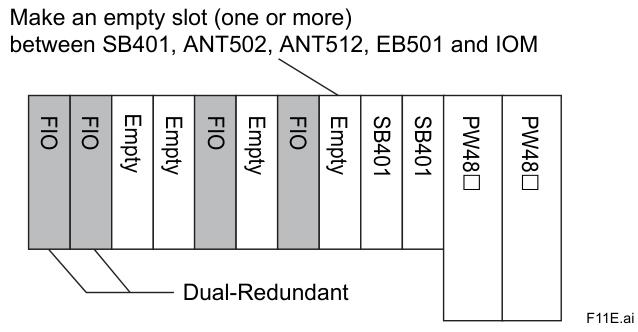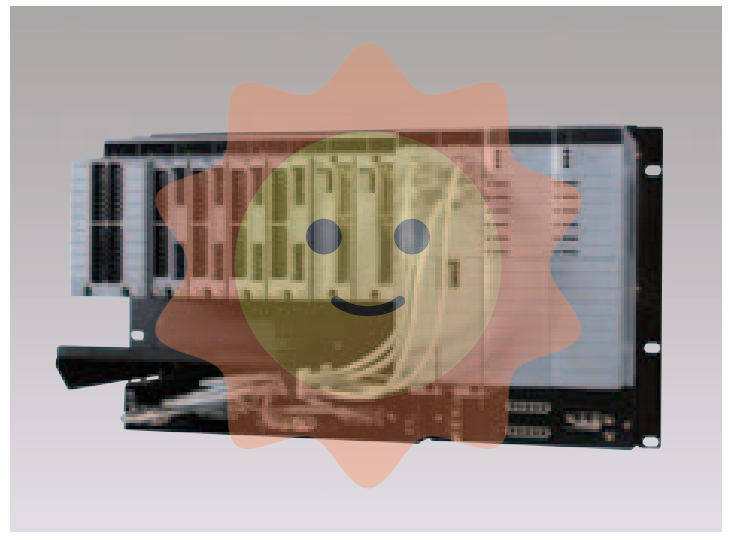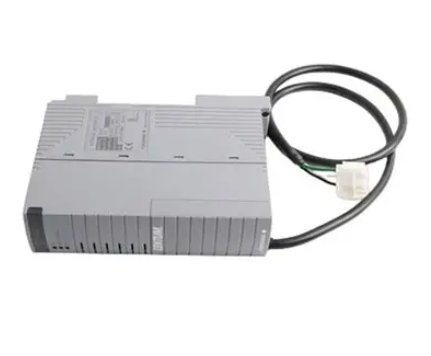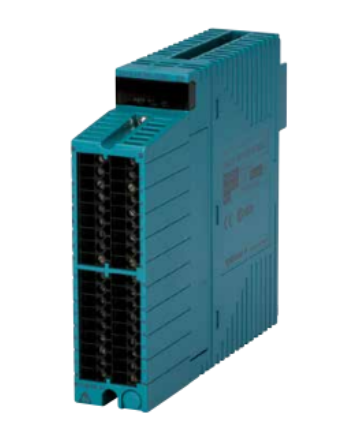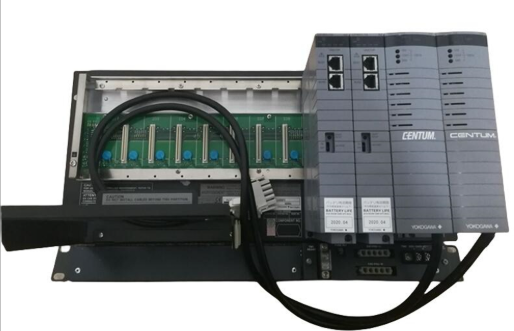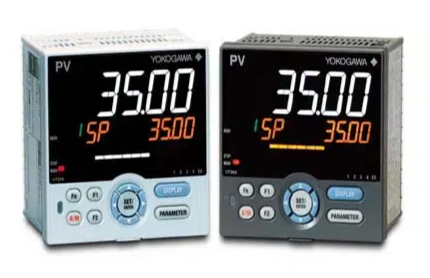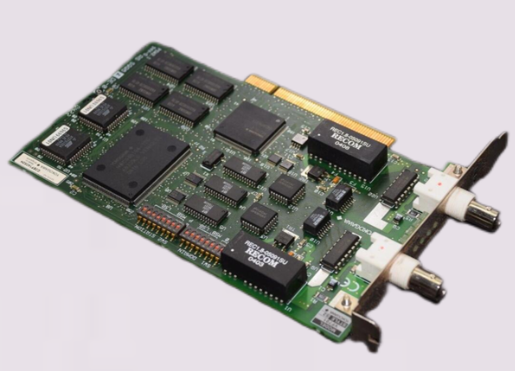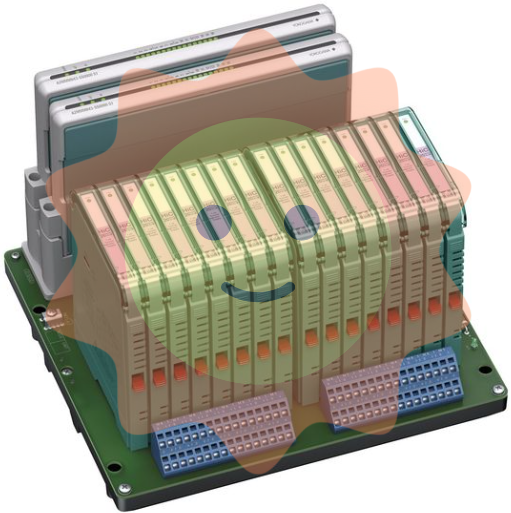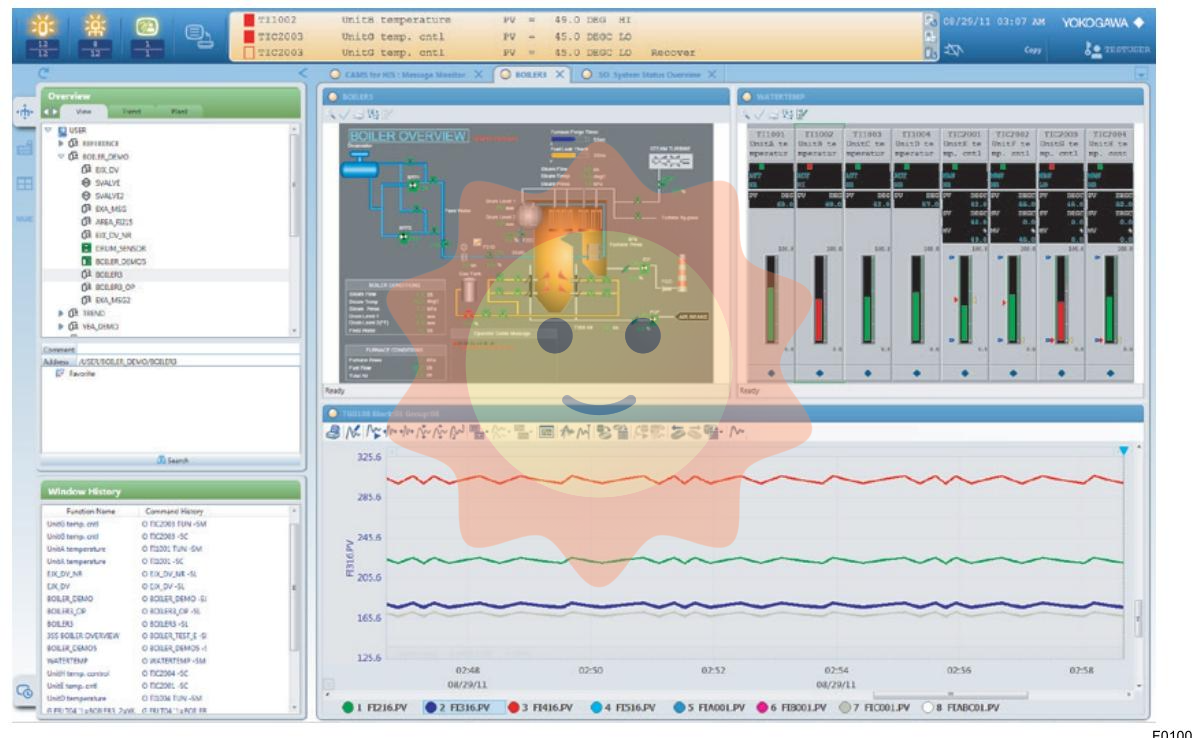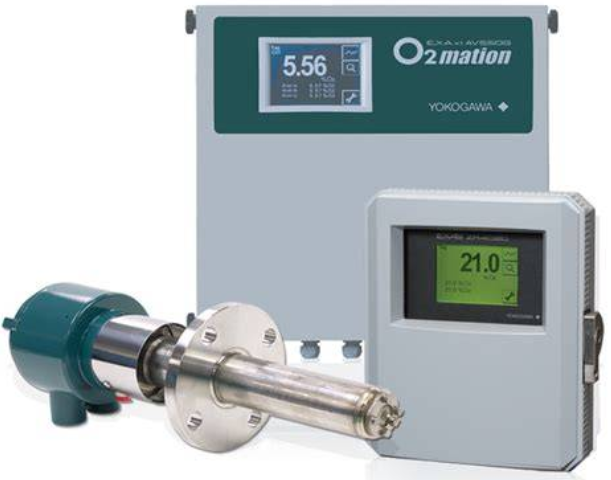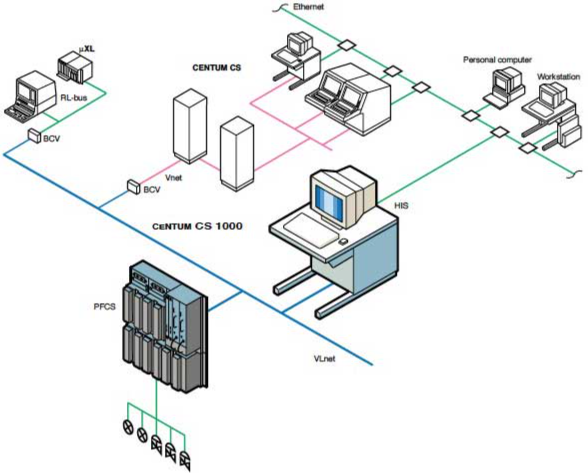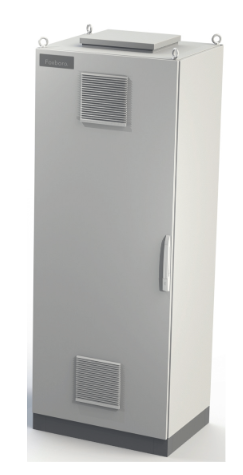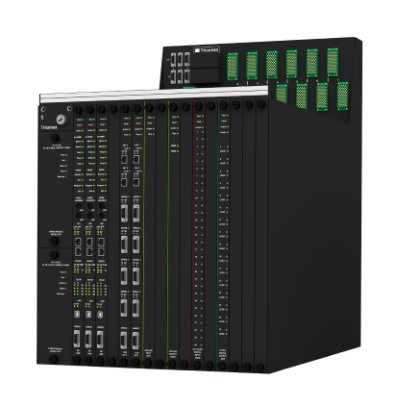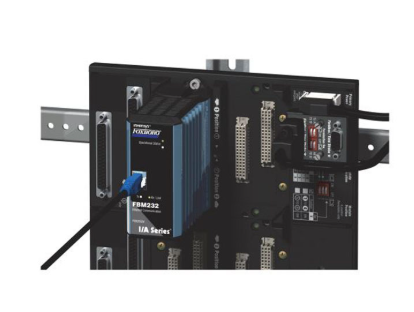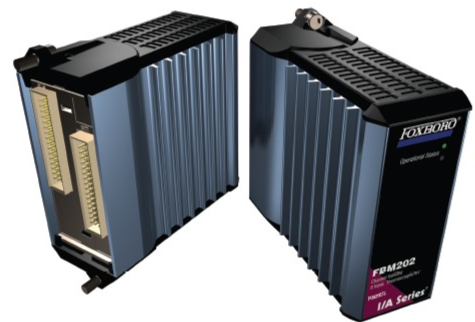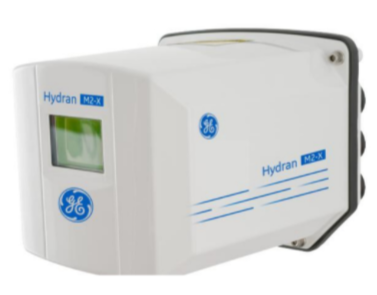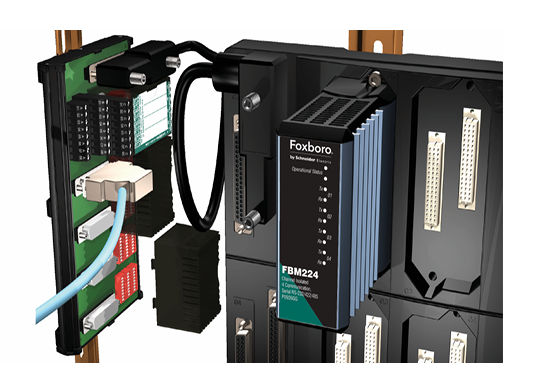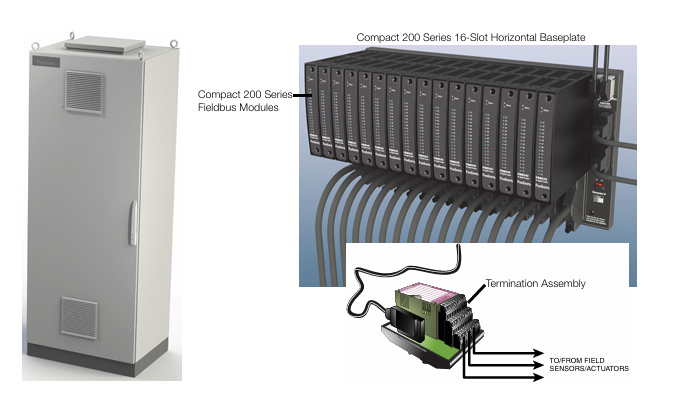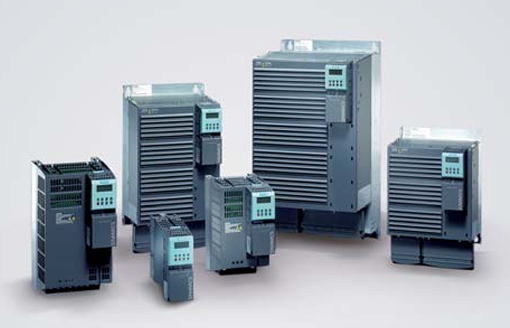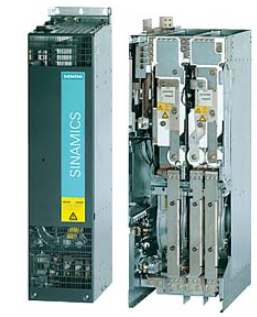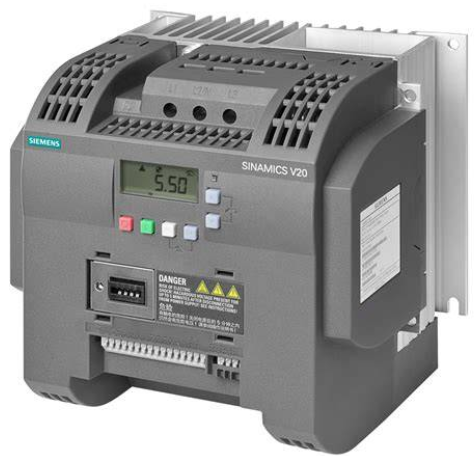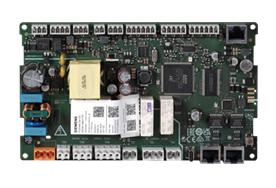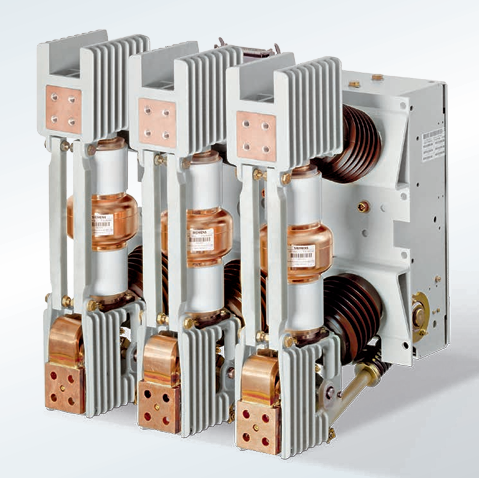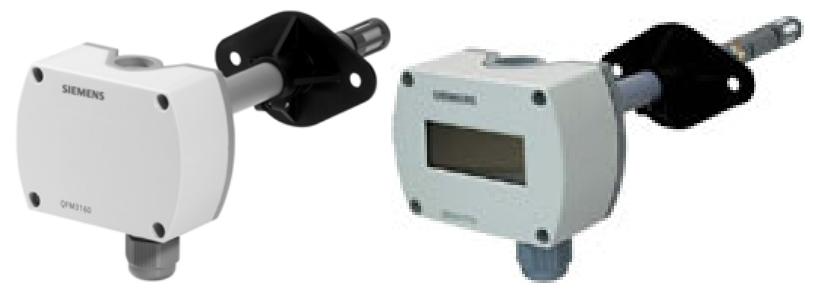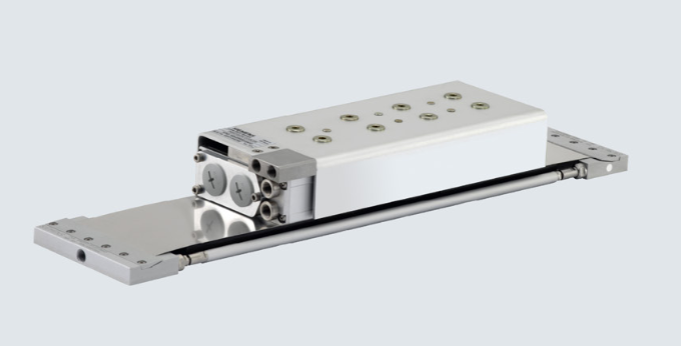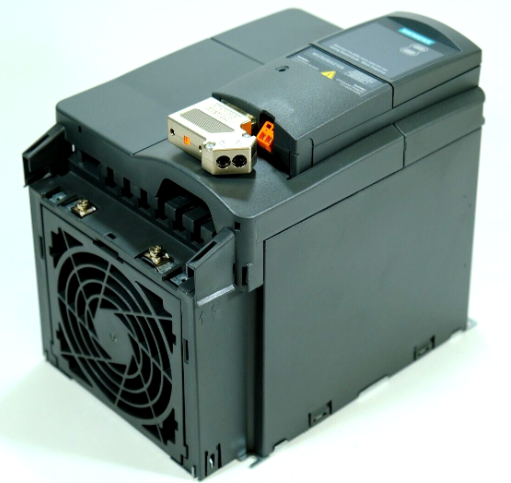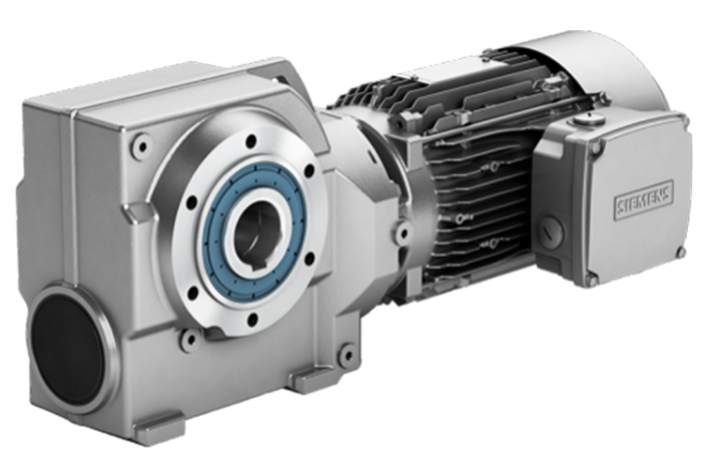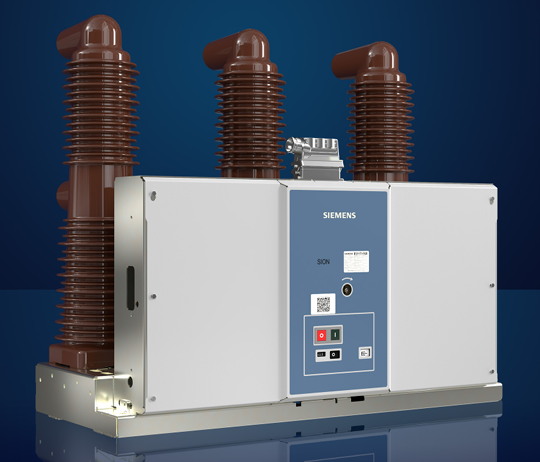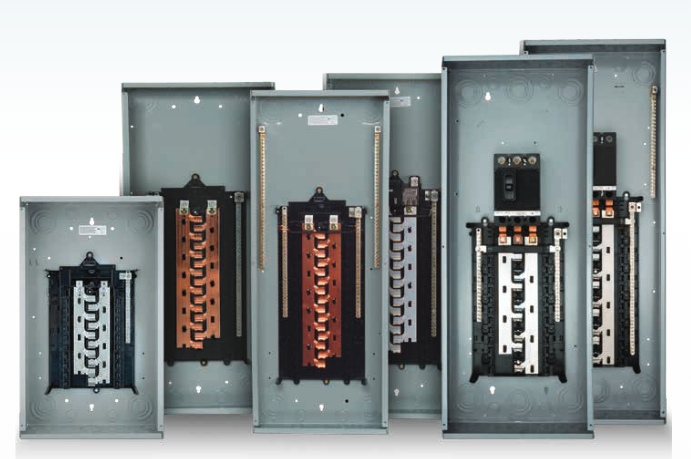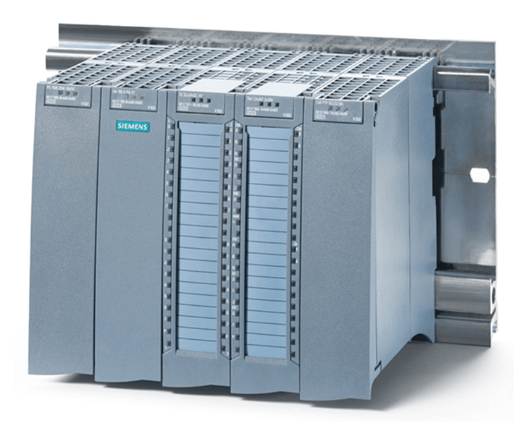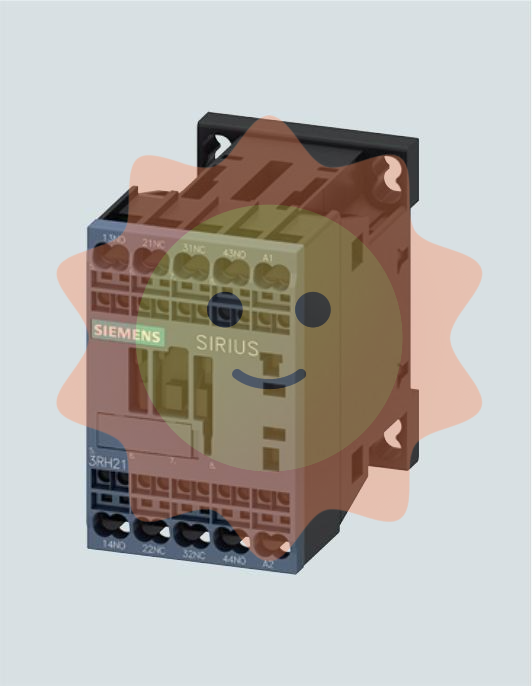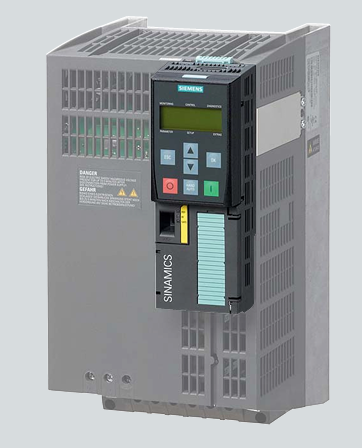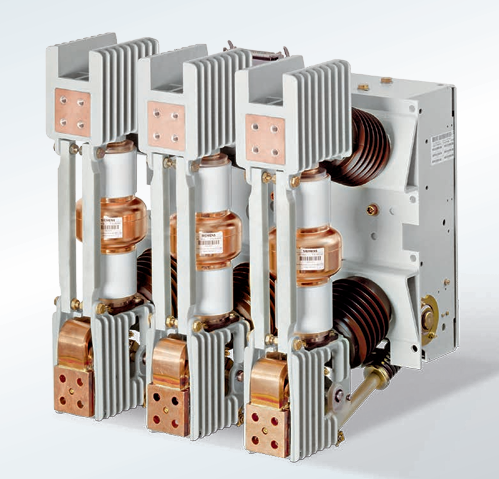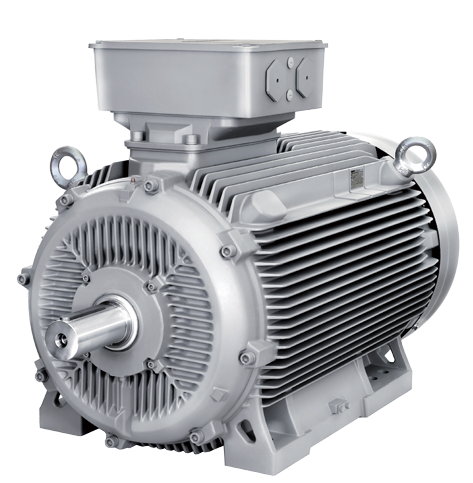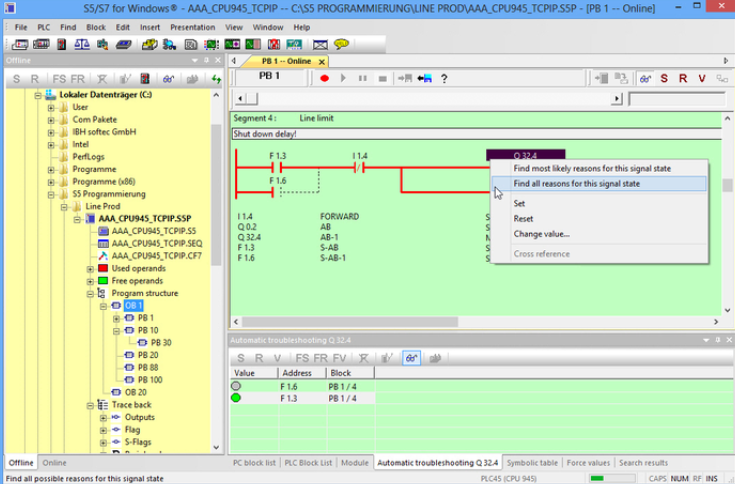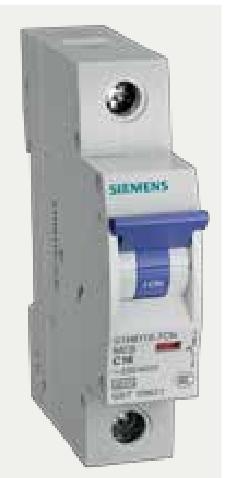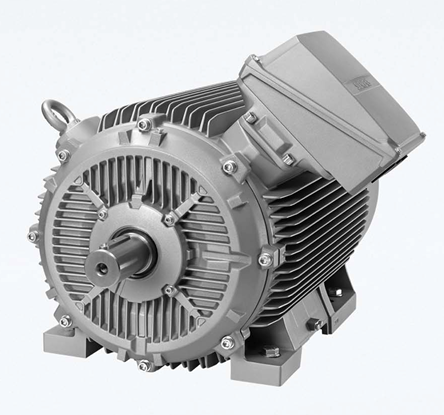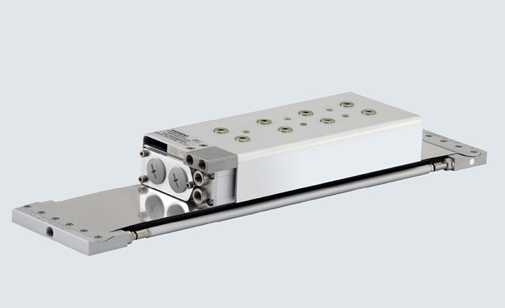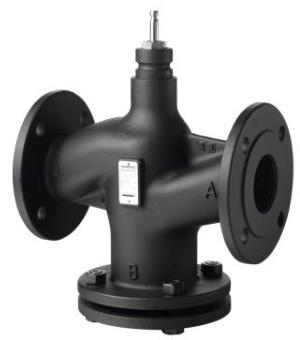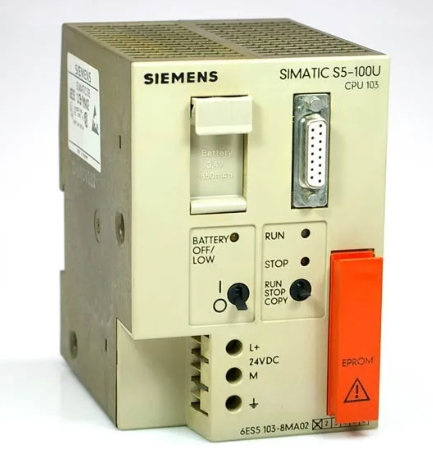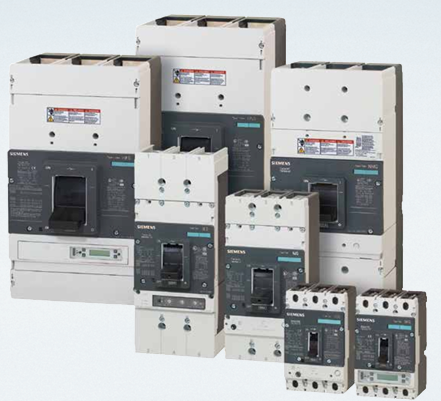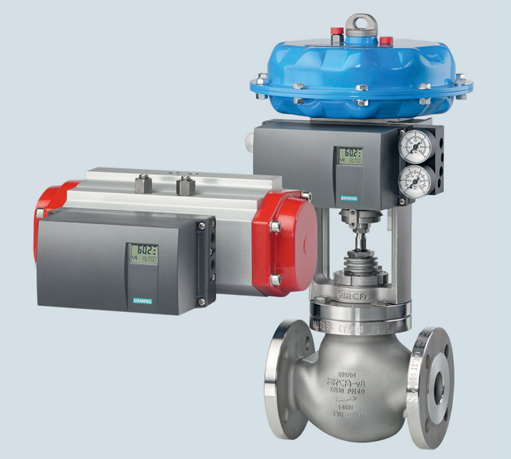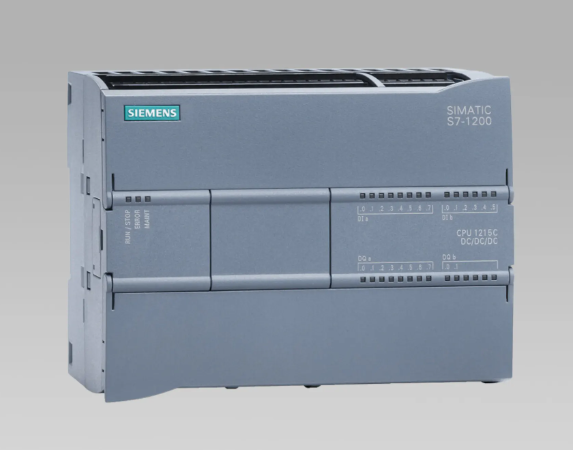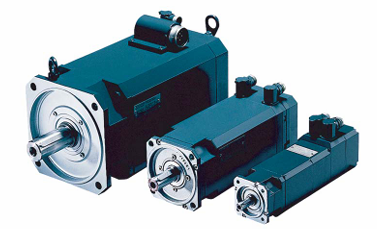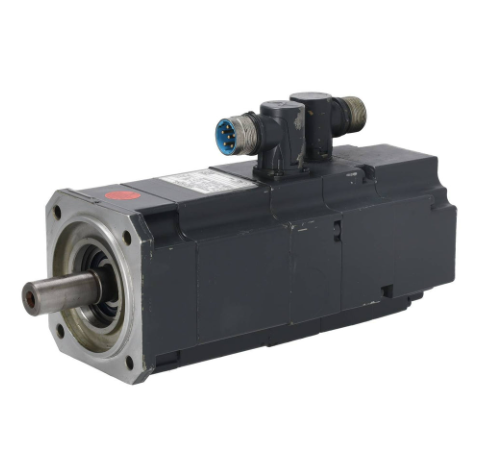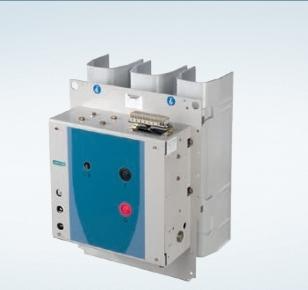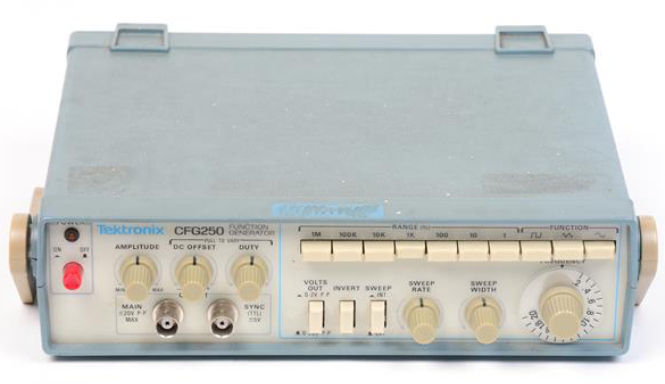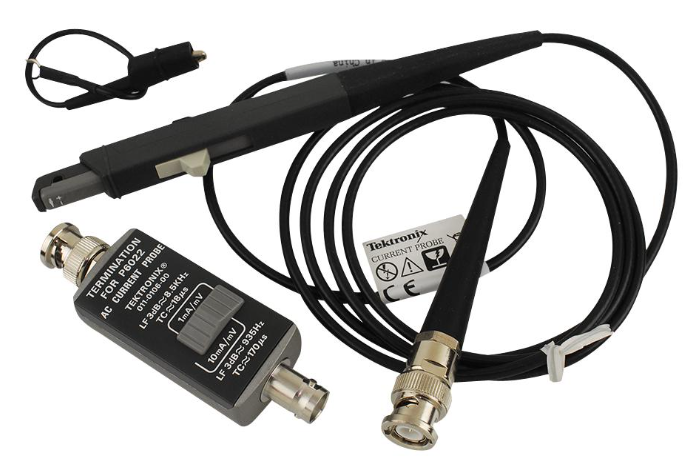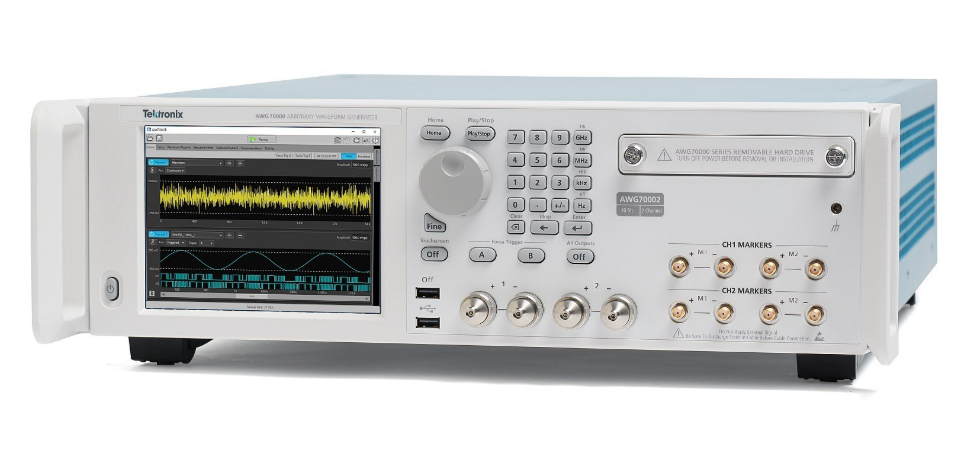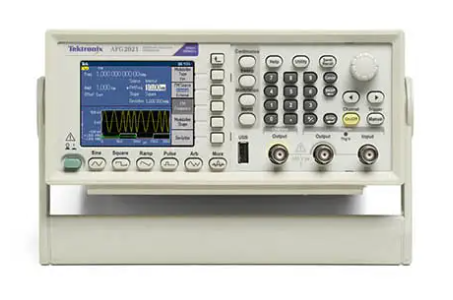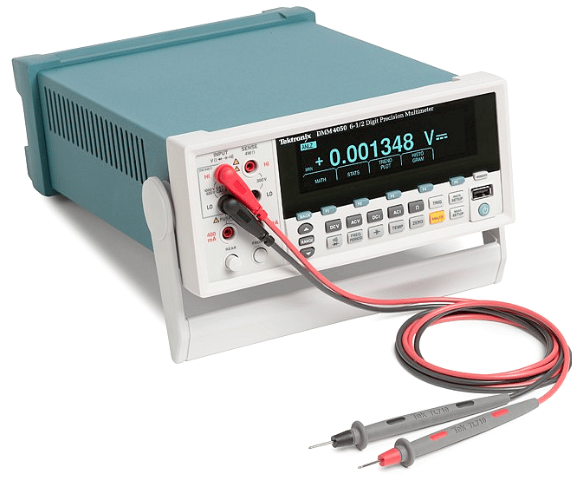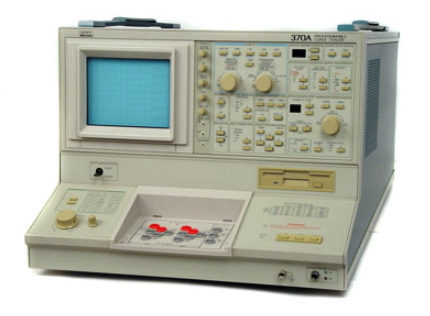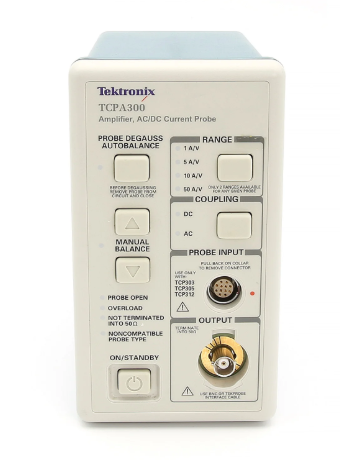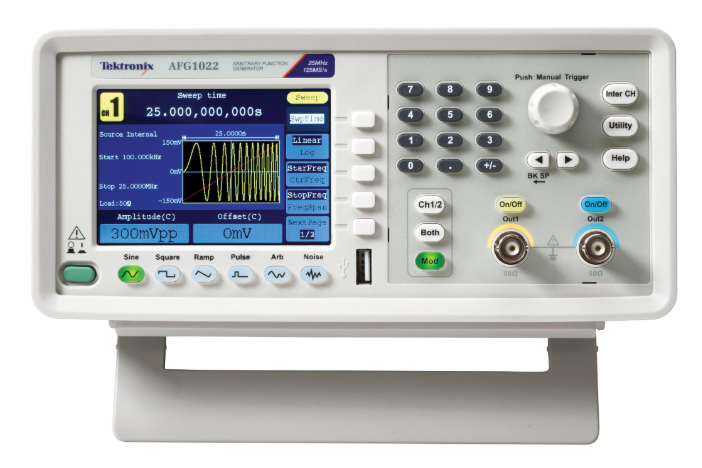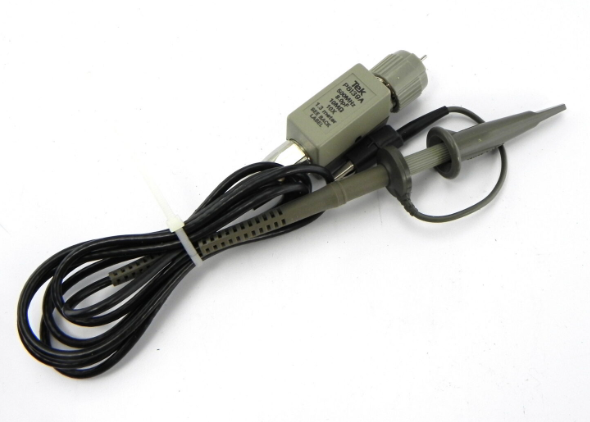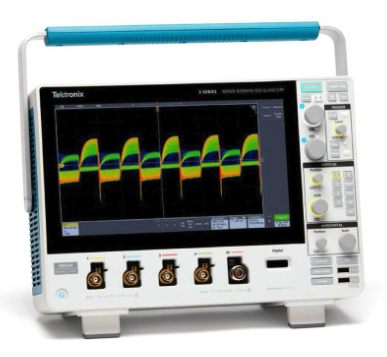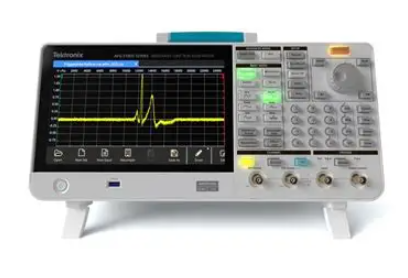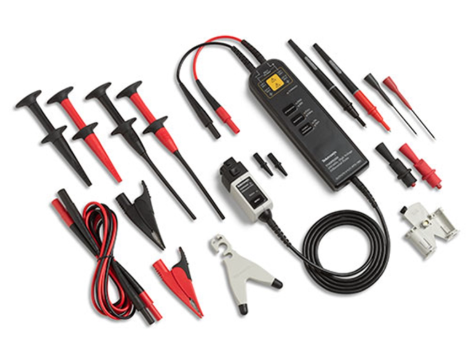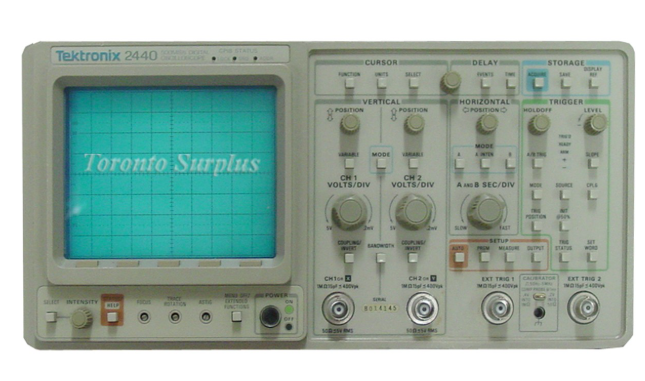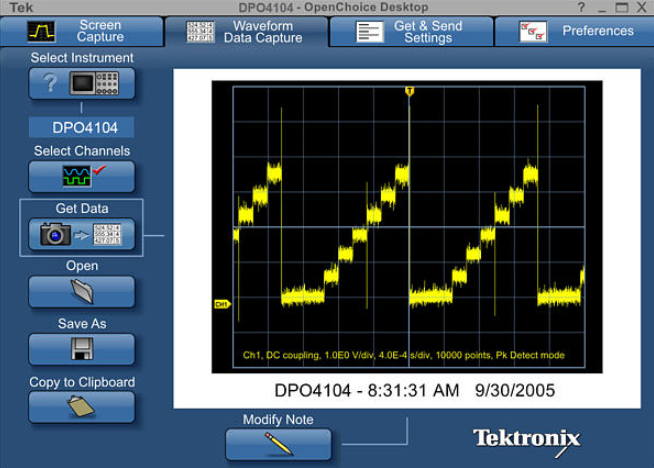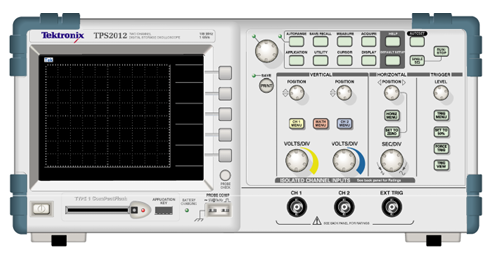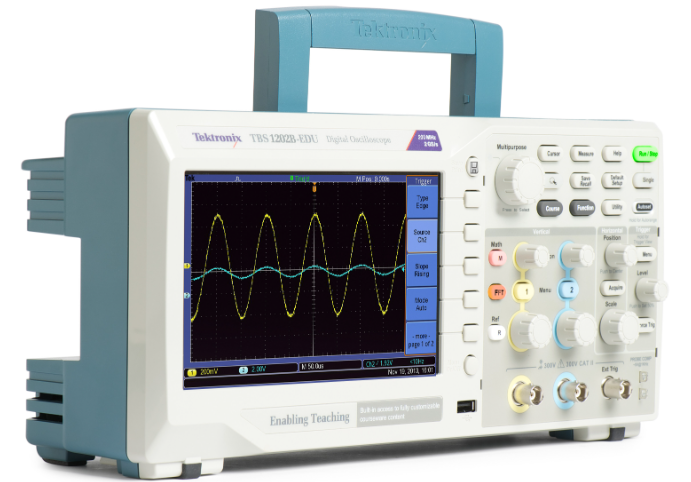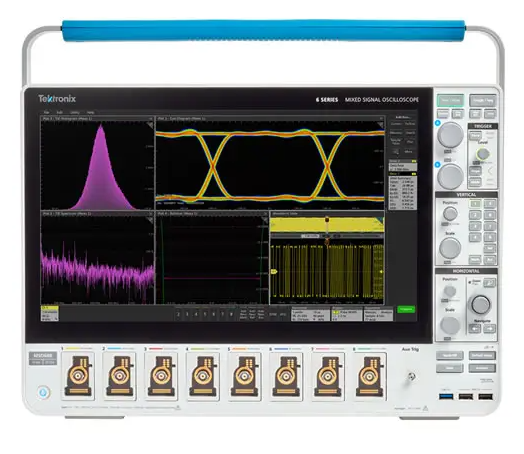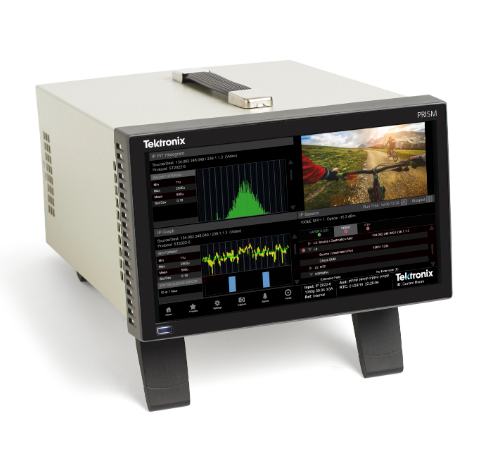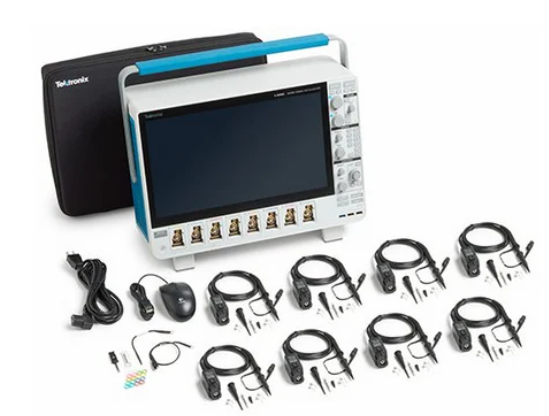GE SR469-P5-HI-A20-E Motor Protection System
GE SR469-P5-HI-A20-E Motor Protection System
INTRODUCTION
The Multilin™ 469 Motor Protection System, a member of the SR family of relays, provides protection, control, simplified configuration and advanced communications in a cost effective industry leading draw-out construction. Designed for medium voltage motors, the 469 delivers advanced protection with customizable overload curves and single CT differential protection for added flexibility. The 469 also provides simplified configuration using the Motor Settings Auto-Configurator, providing a quick and easy set-up of motor parameters. Coupled with advanced protection and diagnostics, the 469 provides users the flexibility of multiple communication protocols allowing integration into new and existing control networks.
BENEFITS
• Comprehensive motor protection plus voltage dependant overload curves, torque metering and protection, broken rotor bar protection
• Most advanced thermal model - Including multiple RTD inputs for stator thermal protection
• Minimize replacement time - Draw-out construction
• Complete asset monitoring - Temperature, Analog I/O, full metering including demand & energy
• Improve uptime of auxiliary equipment - Through I/O monitoring
• Reduce troubleshooting time and maintenance costs - Event reports, waveform capture, data logger
• Built in simulation functions simplify testing and commissioning
• Cost Effective Access to information - Through standard RS232 & RS485 serial ports, and optional Ethernet and DeviceNet Ports
• Field upgradable firmware and settings
• Optional Conformal coating for exposure to chemically corrosive or humid environments
Protection and Control
• Start supervision and inhibit
• Mechanical jam
• Voltage compensated acceleration
• Undervoltage, overvoltage
• Underfrequency
• Stator differential protection
• Thermal overload
• Overtemperature protection
• Phase and ground overcurrent
• Current unbalance
• Power elements
• Torque protection
• Dual overload curves for 2 speed motors
• Reduced voltage starting control
Motor Thermal
Model The primary protective function of the 469 is the thermal model with six key elements:
• Overload Curves
• Unbalance Biasing
• Hot/Cold Safe Stall Ratio
• Motor Cooling Time Constants
• Start Inhibit and Emergency Restart
• RTD Biasing
Overload Curves
The curves can take one of three formats: standard, custom, or voltage dependent. For all curve styles, the 469 retains thermal memory in a thermal capacity used register which is updated every 0.1 second. The overload pickup determines where the running overload curve begins. The 469 standard overload curves are of standard shape with a multiplier value of 1 to 15. The voltage dependent overload curves are used in high inertia load applications, where motor acceleration time can actually exceed the safe stall time and motor thermal limits. During motor acceleration, the programmed thermal overload curve is dynamically adjusted with reference to the system voltage level. The selection of the overload curve type and the shape is based on motor thermal limit curves provided by motor vendor.
Unbalance (Negative Sequence Current) Biasing
Negative sequence current, which causes rotor heating, is not accounted for in the thermal limit curves supplied by the motor manufacturer. The 469 measures unbalance as the ratio of negative to positive sequence current. The thermal model is biased to reflect the additional heating. Motor derating due to current unbalance can be selected via the setpoint unbalance bias k factor. Unbalance voltage causes approximately 6 times higher level of current unbalance (1% of voltage unbalance equal to 6% of current unbalance). Note that the k=8 curve is almost identical to the NEMA derating curve.

- User name Member Level Quantity Specification Purchase Date
- Satisfaction :
-









Email:wang@kongjiangauto.com

